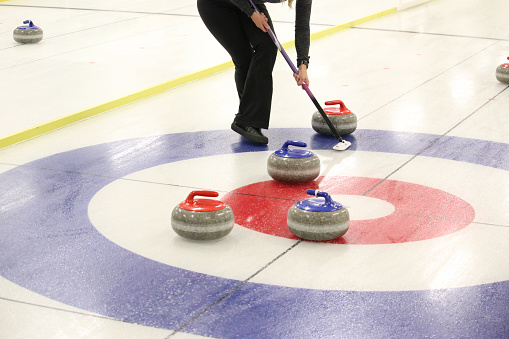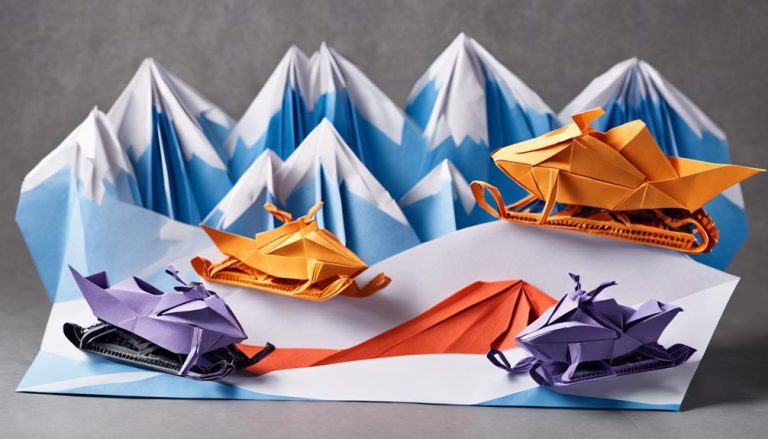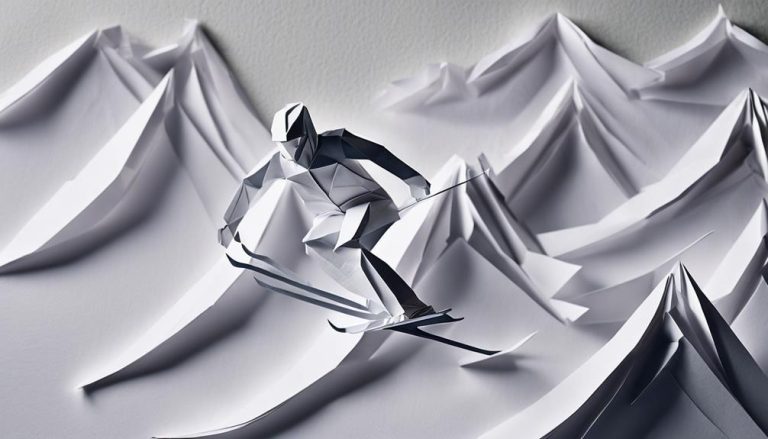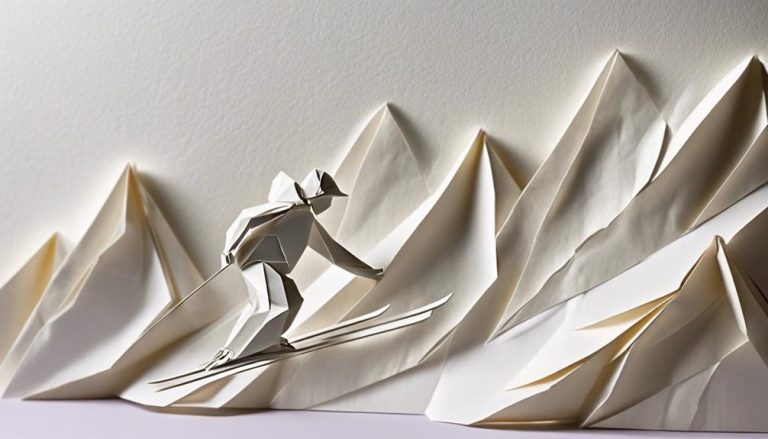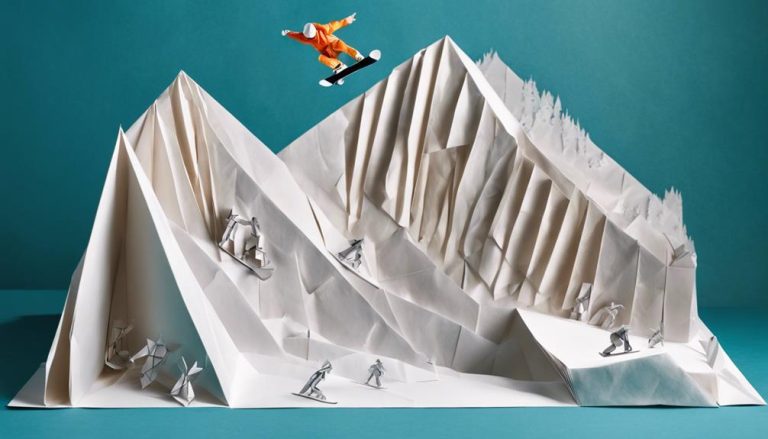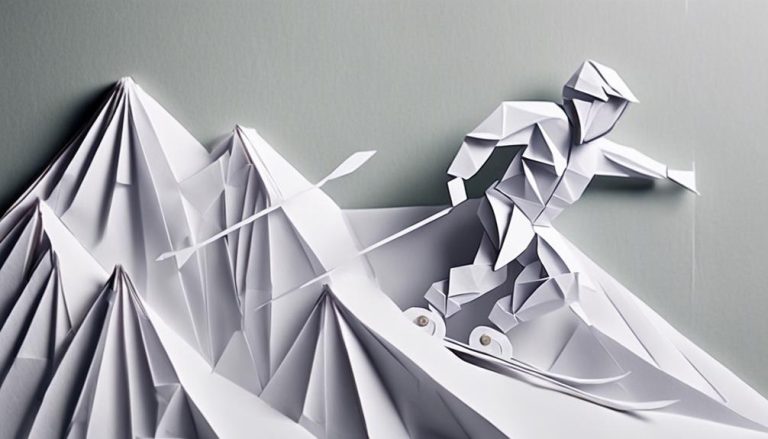General Rules of Skiboarding
When skiboarding, always remember to wear a helmet for safety, as one fall can result in a serious head injury. Ensuring your gear is properly fitted and maintained is crucial for a smooth ride. But there's more to mastering the slopes than just equipment. Stay tuned to discover the essential rules that will elevate your skiboarding experience to new heights.
Equipment Essentials
When skiboarding, having the right equipment is crucial for a successful and enjoyable experience. Let's start with your boot binding. Ensure they fit snugly, providing the support and control you need to conquer the slopes. Your bindings are the link between you and your skiboard, so make sure they are adjusted correctly for your comfort and safety.
Next up, don't forget your helmet goggles. Safety should always be a top priority when hitting the snow-covered mountains. A helmet will protect your head from any potential impacts, while goggles shield your eyes from the sun, wind, and snow. Plus, they enhance your vision, allowing you to navigate the slopes with ease.
Choosing the right equipment is not just about performance but also about staying safe while enjoying the thrill of skiboarding. So, make sure your boot bindings are secure and your helmet goggles are in place before you carve up the mountain. With the right gear, you'll feel liberated and ready to take on any challenge that comes your way.
Safety Precautions
Ensuring your safety on the slopes is paramount when skiboarding, requiring a proactive approach to implementing essential precautions. When it comes to safety, here are three crucial steps to keep you injury-free and enjoying your skiboarding adventures to the fullest:
- Proper Gear: Equip yourself with the right gear to protect yourself from potential injuries. This includes a well-fitted helmet, wrist guards, knee pads, and impact-resistant clothing. Proper gear not only enhances your safety but also boosts your confidence on the slopes.
- Injury Prevention: Prioritize injury prevention by warming up before hitting the slopes. Engage in stretching exercises to prepare your muscles for the physical demands of skiboarding. Additionally, stay hydrated and take regular breaks to prevent fatigue, which can lead to accidents.
- Mindful Riding: Stay alert and aware of your surroundings at all times. Follow the designated trails and respect the rules of the mountain. By riding mindfully, you not only safeguard yourself but also contribute to a safer environment for everyone on the slopes. Remember, safety is key to unlocking the true freedom and joy of skiboarding.
Slope Etiquette
To fully enjoy your skiboarding experience and contribute to a harmonious mountain environment, understanding and adhering to proper slope etiquette is essential. Respectful behavior towards fellow skiboarders and other mountain users is key to fostering a positive atmosphere and ensuring everyone's safety. Here are some essential slope etiquette tips to keep in mind:
| Slope Etiquette | Description | Example |
|---|---|---|
| Uphill Right of Way | Yield to skiboarders uphill from you. | Move to the side when someone is passing. |
| Respect Slow Skiers | Slow skiers have the right of way. | Give them space and pass safely. |
| Be Mindful of Space | Avoid sudden stops in the middle of the slope. | Move to the side to clear the path. |
| Communicate Effectively | Use hand signals to indicate your intentions. | Signal before merging or stopping. |
| Offer Help | Assist others in need and show kindness on the slopes. | Help someone who has fallen to get up. |
Weather Awareness
Being aware of the weather conditions is crucial for your safety and enjoyment while skiboarding on the mountain. Understanding the elements can enhance your experience and keep you prepared for whatever nature throws your way. Here are three key aspects to consider when it comes to weather awareness:
- Cloud Formations: Observing the sky can give you valuable insights into potential changes in weather patterns. Dark clouds may indicate an incoming storm, while scattered clouds could mean a sunny day ahead.
- Wind Patterns: Pay attention to the direction and strength of the wind. Strong gusts could affect your balance and control on the slopes, while shifting winds might signal a weather shift.
- Temperature Fluctuations and Visibility Conditions: Be prepared for sudden changes in temperature and visibility. Foggy conditions can impact your ability to see obstacles, while drastic temperature drops may require additional layers for warmth.
Terrain Selection
When considering terrain selection for skiboarding, your choice of slopes plays a crucial role in determining the level of challenge and excitement you'll experience on the mountain. Pay attention to snow conditions; whether it's fresh powder, packed snow, or icy patches, each type offers a unique ride. If you're feeling adventurous, explore park features like rails, jumps, and halfpipes that will elevate your experience with tricks and jumps. For a more natural feel, venture into tree runs, where the thrill of navigating through the woods adds an element of excitement and challenge.
If you're craving a taste of the unknown, backcountry areas offer untouched snow and a sense of liberation as you carve your own path down the mountain. Remember, the terrain you choose sets the stage for your skiboarding adventure, so pick wisely based on your skill level and desired level of thrill. So go ahead, embrace the diverse terrain options available, and let the mountain be your playground.
Skill Progression
Embark on your skiboarding journey with a deliberate focus on honing your skills to unlock new levels of mastery and enjoyment on the slopes. To progress effectively in skiboarding, start with mastering the fundamental beginner techniques such as the snowplow turn, parallel turn, and carving. These basics will provide you with a solid foundation to build upon as you advance in your skiboarding journey.
Once you feel confident with the beginner techniques, it's time to level up and challenge yourself with more advanced maneuvers. Consider adding the following to your repertoire:
- Dynamic Carving: Engage in aggressive edge control and weight shifting to carve sharp, precise turns down the mountain.
- Jumps and Tricks: Launch off jumps and practice grabs, spins, and flips to add flair and excitement to your runs.
- Off-Piste Exploration: Venture off the beaten path and tackle ungroomed terrain, mastering powder riding and navigating through trees.
Frequently Asked Questions
What Are the Best Brands for Skiboarding Equipment?
When it comes to skiboarding equipment, the top brands that offer quality gear are crucial. Look for options that fit your budget too. Affordable equipment can still deliver top performance on the slopes.
Are There Specific Skiboarding Resorts or Parks That Cater to Beginners?
Looking to shred the slopes on skiboards? Check out Mount Snow in Vermont for a beginner-friendly resort. They offer skiboarding lessons to help you carve up the mountain with style and confidence.
How Can I Prevent Fogging in My Goggles While Skiboarding?
To prevent fogging in your goggles while skiboarding, try using anti-fog solutions or goggles with ventilation systems. Opt for lenses with coatings or double-pane goggles for clearer vision. Don't let fog obscure your exhilarating ride!
Are There Any Specific Exercises or Stretches That Can Help Improve Skiboarding Skills?
To enhance your skiboarding skills, focus on flexibility training for fluid movements and strength building for power. Incorporate balance exercises to stabilize and core workouts for control. Embrace these routines to excel on the slopes.
Is There a Specific Skiboarding Community or Forum Where I Can Connect With Other Skiboarders for Tips and Advice?
Want to connect with fellow skiboarders? Check out online communities and Meetup groups dedicated to sharing tips, advice, and organizing skiboarder events and gear swaps. Join the community, learn, and have fun shredding!

